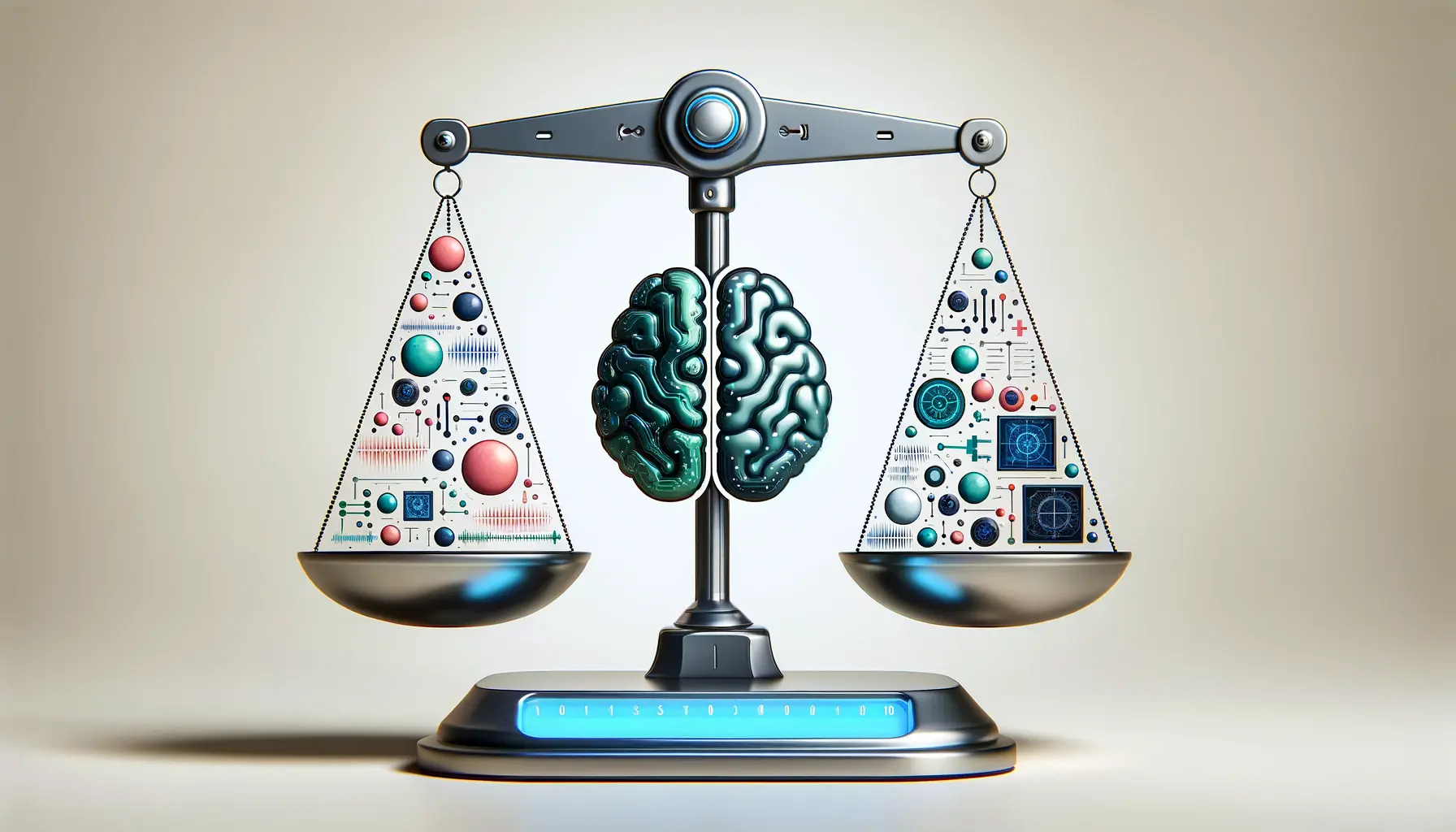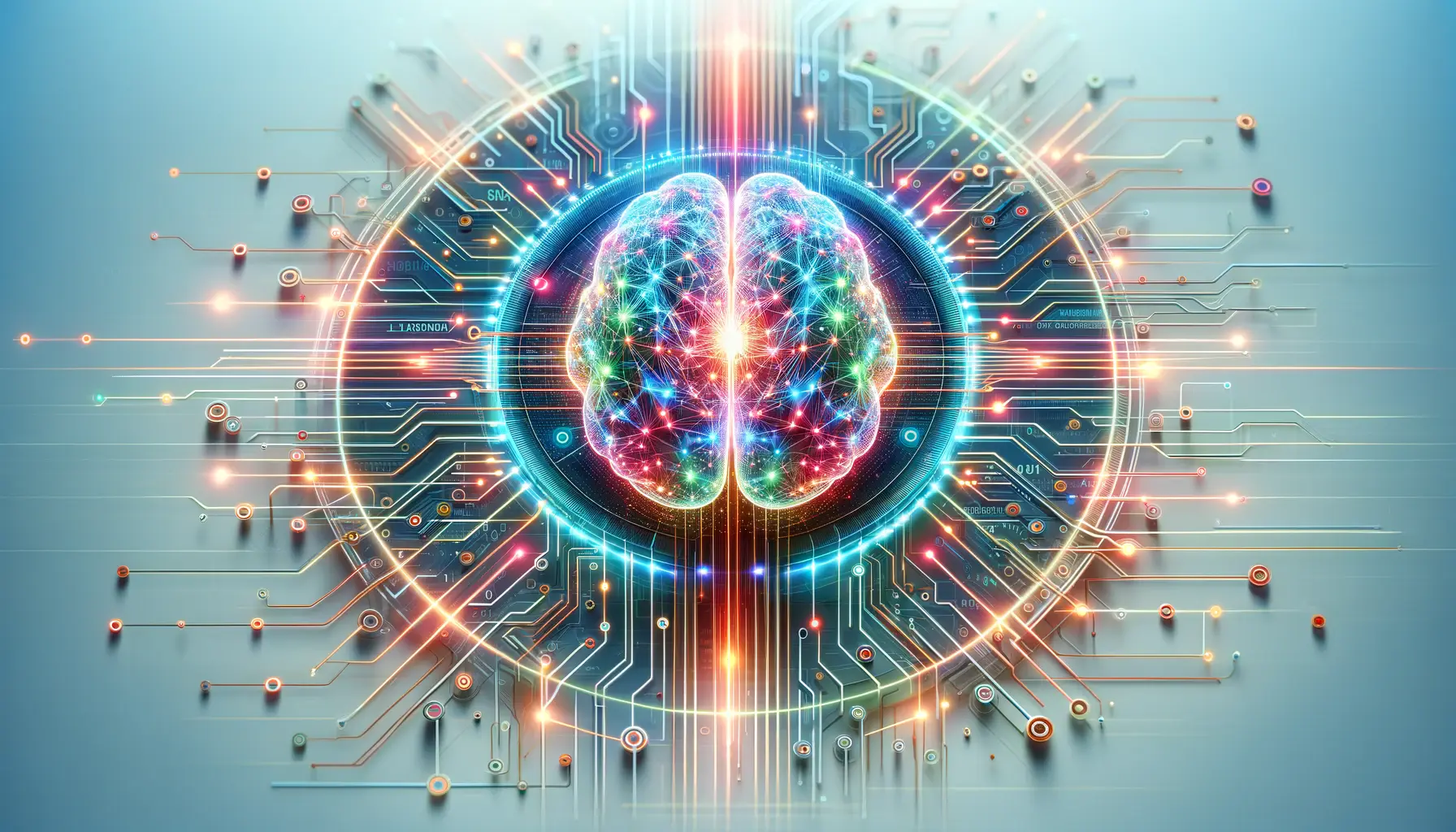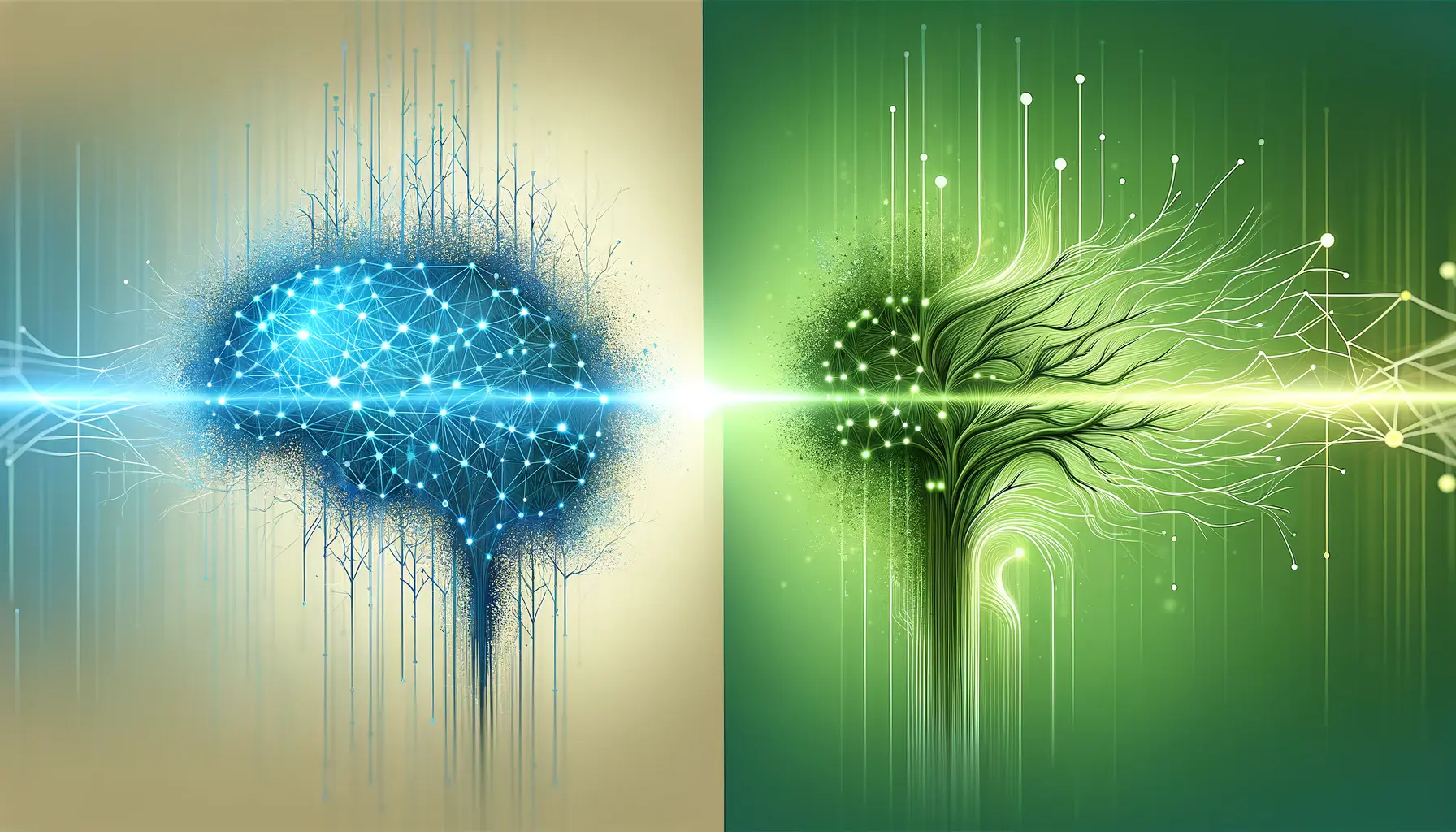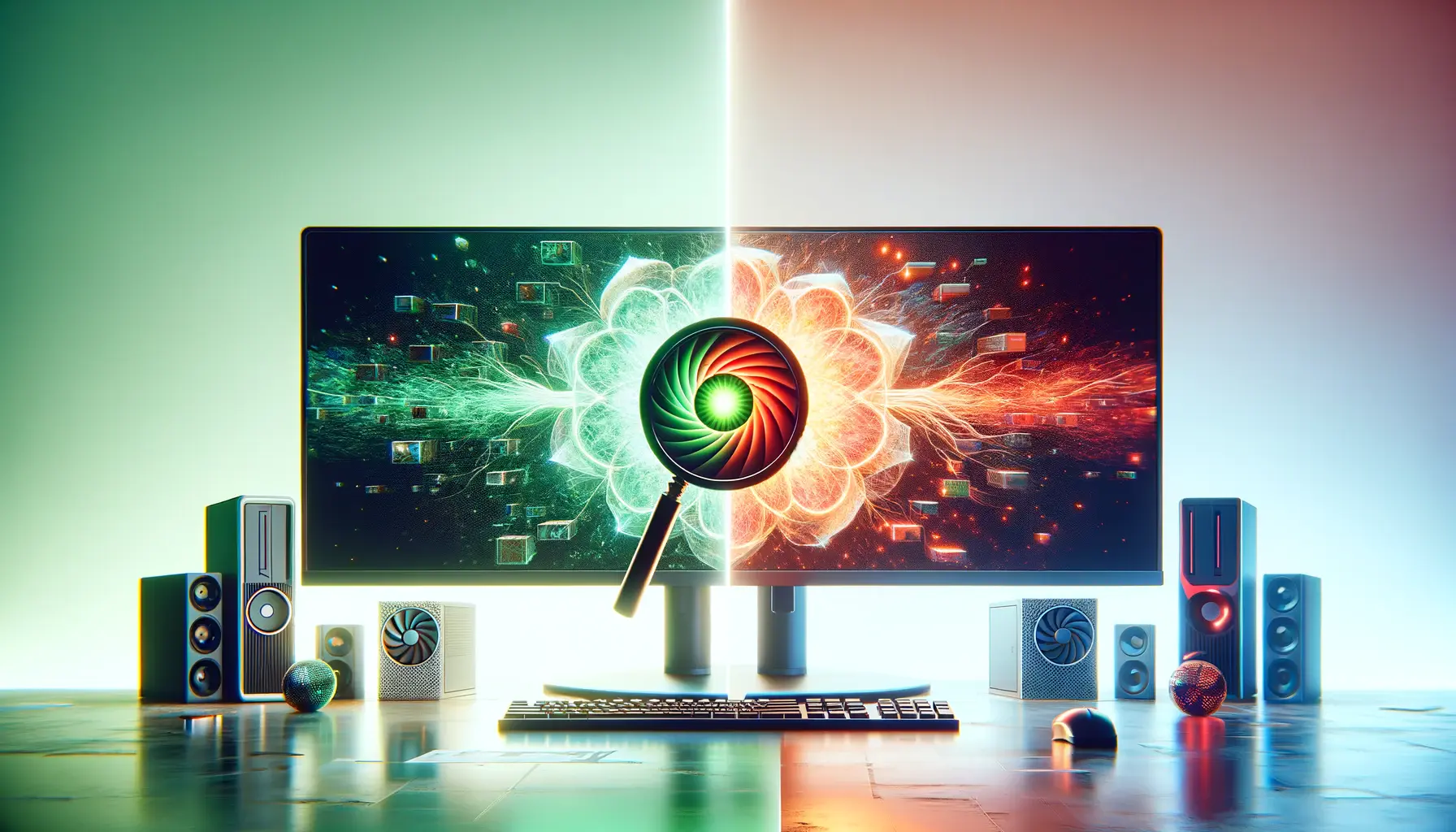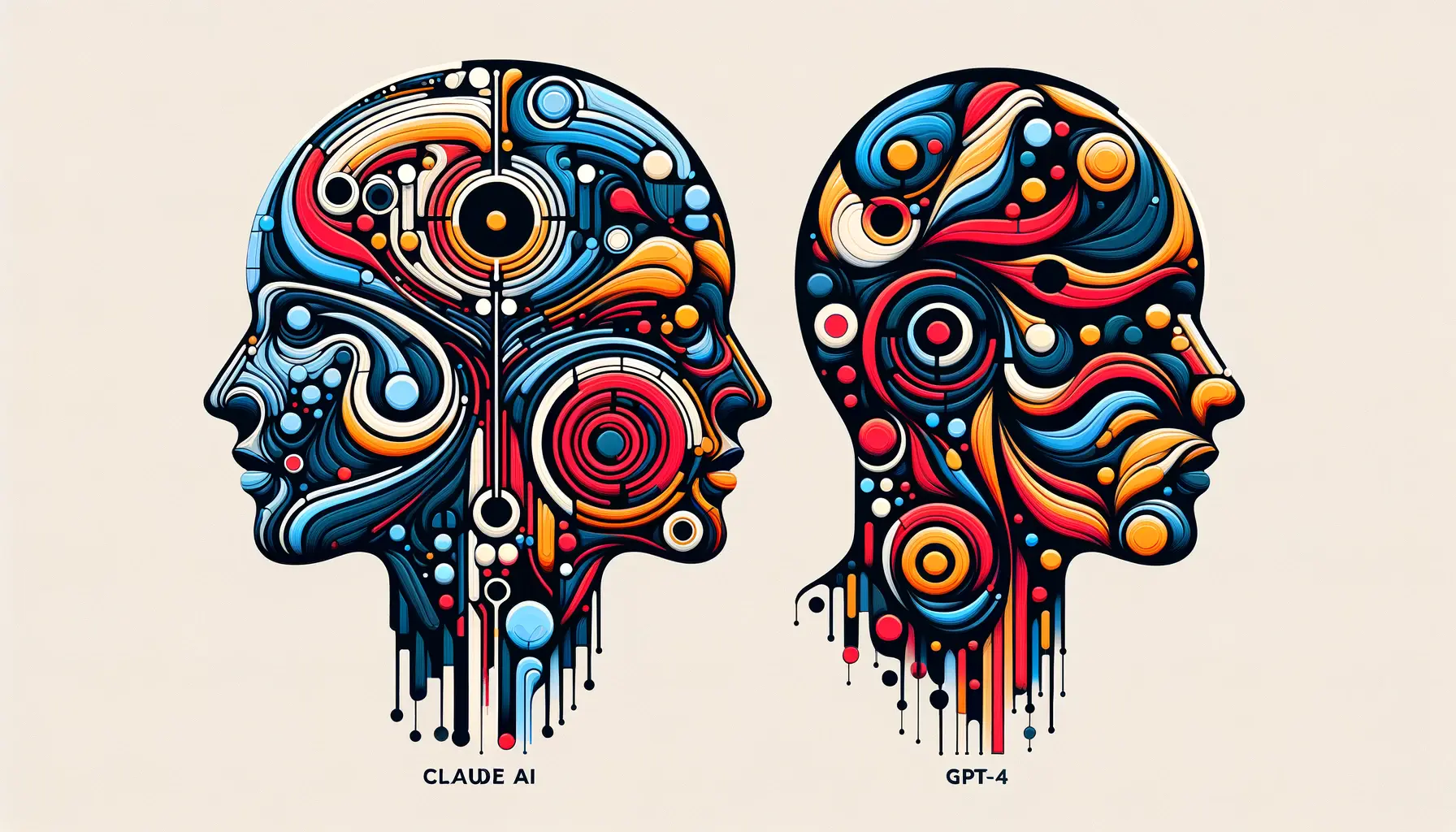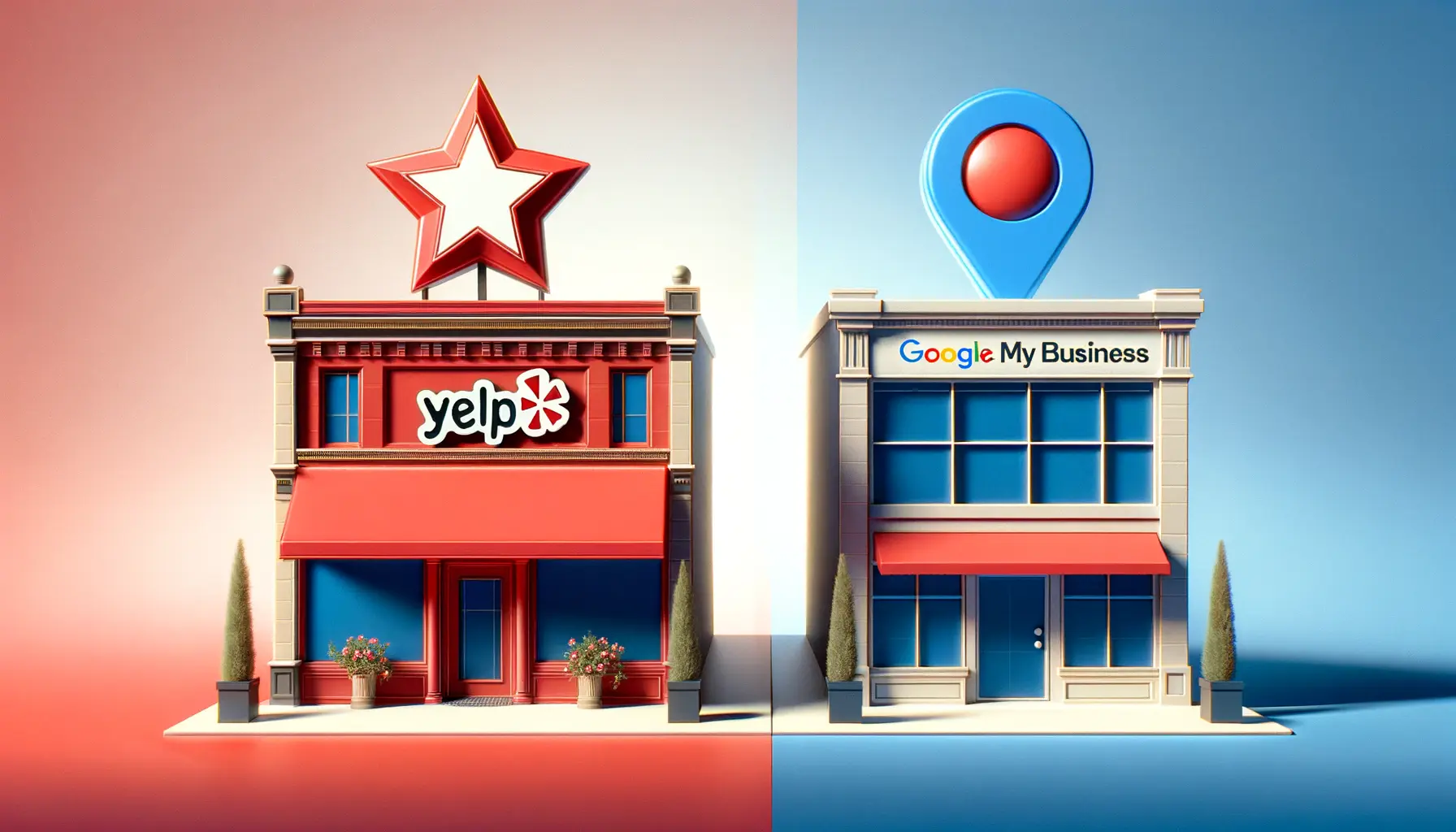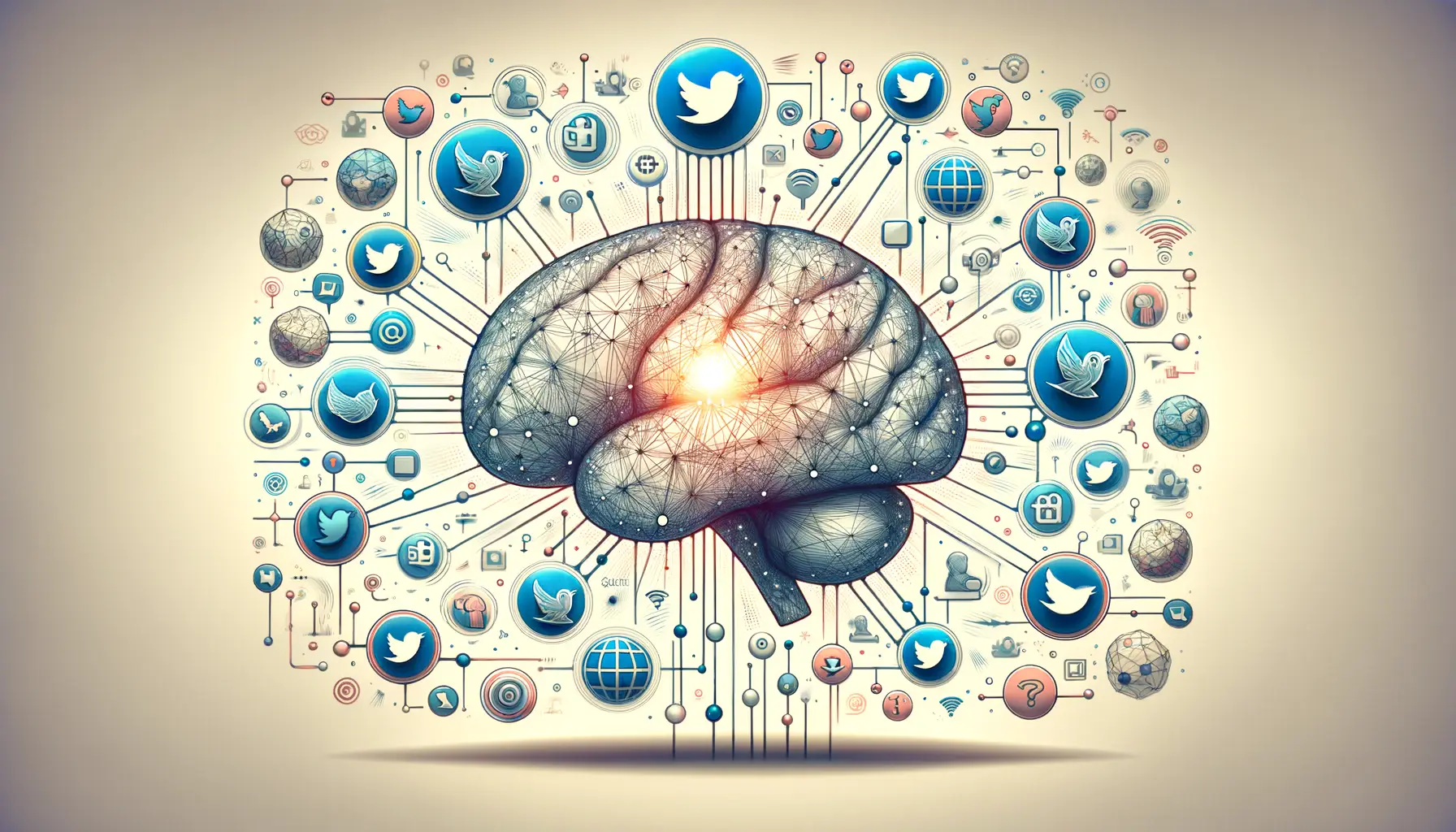The realm of artificial intelligence (AI) is witnessing an unprecedented evolution, with various models vying for supremacy in both capability and application.
Among these, Grok AI has emerged as a significant contender, challenging established players with its unique approach and technological prowess.
This article embarks on a comprehensive comparative analysis, delving into how Grok AI stands against other leading AI technologies.
Our exploration is not just about pitting one AI against another; it’s about understanding the nuances that make each of these technologies pivotal in their rights and how they contribute to the broader spectrum of AI development.
Comparative analysis in the AI domain is crucial for several reasons.
It helps stakeholders, from developers to end-users, to discern the strengths and weaknesses of each model.
This understanding is vital for choosing the right AI for specific tasks, predicting future trends in AI development, and fostering innovation by learning from the comparative advantages of each system.
Grok AI, with its distinctive features and capabilities, offers a fresh perspective in this ongoing technological dialogue, promising new avenues for application and research in the field.
- Understanding Grok AI and Its Place in the AI Landscape
- Comparing Grok AI with Other Leading AI Models
- Technological Innovations Behind Grok AI
- Challenges and Limitations of Grok AI
- Impact of Grok AI on Various Industries
- Future Directions for Grok AI Development
- Integrating Grok AI into Business Strategies
- Conclusion: The Transformative Potential of Grok AI
- Grok AI Comparative Analysis FAQs
Understanding Grok AI and Its Place in the AI Landscape
The Genesis of Grok AI
Grok AI, developed by a team of dedicated researchers and technologists, represents a leap forward in the quest for more intuitive and human-like artificial intelligence.
Unlike traditional models that heavily rely on structured data and predefined algorithms, Grok AI is designed to understand and interpret the world in a way that mimics human cognitive processes.
This approach allows Grok AI to tackle complex problems with a level of nuance and understanding previously unattainable by conventional AI systems.
The inception of Grok AI was motivated by the desire to bridge the gap between human intelligence and artificial intelligence.
By focusing on learning patterns, contextual understanding, and adaptive learning, Grok AI aims to revolutionize how machines understand and interact with their environment.
This ambition sets Grok AI apart from its counterparts, positioning it as a pivotal player in the next generation of AI technologies.
Comparative Strengths of Grok AI
One of the defining features of Grok AI is its unparalleled ability to process and analyze unstructured data.
In today’s digital age, where data is often messy and unorganized, Grok AI’s capability to make sense of this chaos is a significant advantage.
This strength enables Grok AI to find applications in diverse fields such as natural language processing, image recognition, and even complex decision-making scenarios where traditional AI models struggle.
Furthermore, Grok AI’s adaptive learning algorithms allow it to learn from new information continuously, making it exceptionally versatile in dynamic environments.
This ability to evolve and adapt over time not only enhances its performance but also reduces the need for frequent retraining, a common challenge faced by many AI models.
This aspect of Grok AI not only demonstrates its technical superiority but also underscores its potential for long-term sustainability and growth within the AI ecosystem.
Grok AI’s unique approach to understanding and interpreting unstructured data sets it apart in the AI landscape, offering new possibilities for application and innovation.
Comparing Grok AI with Other Leading AI Models
In the rapidly evolving landscape of artificial intelligence, Grok AI distinguishes itself through its innovative approach and capabilities.
However, to fully appreciate its position, it’s essential to compare it with other leading AI models.
This comparison sheds light on Grok AI’s unique strengths and how it measures up against the competition in various aspects of AI development and application.
Performance and Efficiency
When evaluating AI technologies, performance and efficiency are paramount.
Grok AI’s architecture is designed for high efficiency, particularly in processing large volumes of unstructured data.
This efficiency is evident in tasks such as natural language understanding and real-time decision-making, where Grok AI demonstrates superior speed and accuracy compared to many of its counterparts.
- Speed: Grok AI’s processing capabilities allow it to analyze data and make decisions faster than many traditional models, making it ideal for applications requiring real-time analysis.
- Accuracy: Thanks to its advanced algorithms, Grok AI achieves high accuracy in tasks like pattern recognition and predictive analysis, outperforming several other AI models in these areas.
Learning and Adaptability
The ability of an AI to learn from new data and adapt to changing environments is crucial for its long-term effectiveness.
Grok AI excels in this domain through its use of adaptive learning algorithms, which enable it to continuously improve and adjust its responses based on new information.
- Continuous Learning: Unlike models that require periodic retraining, Grok AI’s learning mechanism allows it to evolve with each new piece of data, enhancing its knowledge base and decision-making capabilities over time.
- Adaptability: Grok AI’s adaptability makes it highly effective in dynamic environments, where it can adjust its strategies and responses to meet changing conditions and challenges.
Application Versatility
Grok AI’s design and capabilities make it highly versatile, with potential applications across a wide range of industries and domains.
This versatility is a testament to its advanced understanding and processing of unstructured data, enabling it to tackle problems that are beyond the reach of many other AI models.
- Natural Language Processing (NLP): Grok AI’s strengths in understanding and interpreting human language make it a powerful tool for NLP tasks, from sentiment analysis to automated content creation.
- Image Recognition: Its ability to analyze and interpret visual data allows Grok AI to excel in image recognition tasks, offering significant advantages in fields such as medical imaging and autonomous vehicles.
- Decision Making: Grok AI’s capacity for complex decision-making, based on its analysis of vast data sets, positions it as a valuable asset in strategic planning and operational optimization across various sectors.
The comparative analysis highlights Grok AI’s unique position in the AI ecosystem, showcasing its strengths in performance, learning, adaptability, and application versatility.
Technological Innovations Behind Grok AI
The technological foundation of Grok AI is a testament to the innovative strides being made in the field of artificial intelligence.
At the heart of Grok AI’s success are several key innovations that differentiate it from other AI models.
These innovations not only enhance its performance and efficiency but also broaden its applicability across various domains.
Understanding the core technologies behind Grok AI provides insight into its capabilities and the potential future direction of AI development.
Let’s delve into some of these pivotal innovations.
Advanced Neural Networks
Grok AI leverages cutting-edge neural network architectures, which are more complex and efficient than those used by many traditional AI systems.
These networks are designed to mimic the human brain’s functionality, enabling Grok AI to process information and learn in a way that is more aligned with human cognition.
- Deep Learning: Utilizing deep learning algorithms, Grok AI can analyze and interpret vast amounts of data with remarkable accuracy, making it adept at recognizing patterns and making predictions.
- Neural Plasticity: Inspired by the concept of neural plasticity in the human brain, Grok AI’s neural networks are capable of adapting and reorganizing based on new information, enhancing its learning capabilities over time.
Self-Improving Algorithms
At the core of Grok AI’s adaptability are its self-improving algorithms.
These algorithms allow Grok AI to continuously refine its processes and decision-making criteria based on new data and experiences, without the need for external intervention.
- Feedback Loops: Grok AI incorporates feedback loops into its learning process, enabling it to learn from its successes and mistakes, thereby improving its accuracy and efficiency.
- Adaptive Learning: This feature ensures that Grok AI remains relevant and effective even as the data landscape and operational environments evolve.
Scalable Architecture
The scalable architecture of Grok AI is another critical innovation that supports its wide-ranging applicability.
This flexibility allows Grok AI to handle tasks of varying complexity and scale, from small-scale data analysis to large-scale, enterprise-level applications.
- Modular Design: Grok AI’s modular design enables easy integration with existing systems and technologies, facilitating seamless implementation across different industries.
- Cloud Compatibility: With cloud compatibility, Grok AI can leverage the power of cloud computing to enhance its processing capabilities, making it accessible and efficient for users worldwide.
The technological backbone of Grok AI, comprising advanced neural networks, self-improving algorithms, and scalable architecture, sets a new benchmark in AI development, paving the way for more intelligent and adaptable AI solutions.
Challenges and Limitations of Grok AI
While Grok AI represents a significant advancement in artificial intelligence, it is not without its challenges and limitations.
Understanding these hurdles is crucial for both improving Grok AI and setting realistic expectations for its application.
These challenges also highlight areas of potential research and development that could further enhance Grok AI’s capabilities and its impact on the AI field.
Complexity in Implementation
One of the primary challenges associated with Grok AI is the complexity of its implementation.
The sophisticated algorithms and neural network architectures that underpin Grok AI require substantial computational resources and expertise to deploy effectively.
This complexity can pose barriers to adoption, particularly for organizations with limited technical capabilities or resources.
- Resource Intensity: The advanced features of Grok AI, while powerful, demand significant computational power, which can be a limiting factor for smaller entities or those with constrained budgets.
- Technical Expertise: Successfully implementing and managing Grok AI systems necessitates a high level of expertise in AI and machine learning, which may not be readily available in all organizations.
Data Privacy and Security Concerns
As with any AI system that processes large volumes of data, Grok AI raises concerns regarding data privacy and security.
Ensuring the confidentiality and integrity of the data Grok AI handles is paramount, especially when dealing with sensitive information.
- Data Sensitivity: The ability of Grok AI to process and learn from unstructured data means it often deals with information that could be sensitive or proprietary, necessitating robust security measures.
- Compliance and Regulation: Navigating the complex landscape of data protection regulations poses an additional challenge, requiring Grok AI applications to be designed with compliance in mind from the outset.
Adaptability and Generalization
While Grok AI’s adaptability is one of its strengths, ensuring that it can generalize its learning to new, unseen scenarios remains a challenge.
The model’s ability to apply learned knowledge to different contexts without overfitting to specific datasets or tasks is an ongoing area of research and development.
- Overfitting: There is a risk that Grok AI could become too specialized in its learning, making it less effective when faced with tasks or data it has not previously encountered.
- Transfer Learning: Enhancing Grok AI’s capabilities in transfer learning, where it can apply knowledge from one domain to another, is crucial for its long-term success and versatility.
Despite its groundbreaking capabilities, Grok AI faces challenges related to complexity, data privacy, and adaptability, underscoring the need for ongoing innovation and development in these areas.
Impact of Grok AI on Various Industries
The advent of Grok AI has the potential to revolutionize a wide array of industries by offering advanced solutions to longstanding challenges.
Its unique capabilities, particularly in processing unstructured data and adaptive learning, make it a valuable tool for businesses and organizations across various sectors.
This section explores the transformative impact Grok AI could have on several key industries, highlighting its versatility and the breadth of its potential applications.
Healthcare
In the healthcare industry, Grok AI can significantly enhance patient care and medical research.
By analyzing medical records, research papers, and patient data, Grok AI can help identify patterns and correlations that may not be evident to human analysts.
This capability can lead to earlier diagnosis of diseases, personalized treatment plans, and the development of new medical therapies.
- Diagnostic Accuracy: Grok AI’s ability to process and analyze medical images, such as X-rays and MRIs, can assist doctors in diagnosing diseases with greater accuracy and speed.
- Drug Discovery: By analyzing vast datasets of chemical compounds and their effects, Grok AI can accelerate the discovery of new drugs and treatments, potentially saving years of research and millions of dollars.
Finance
The finance sector can benefit from Grok AI’s predictive analytics and pattern recognition capabilities.
Financial institutions can use Grok AI to detect fraudulent transactions, predict market trends, and offer personalized financial advice to customers, thereby enhancing security and customer satisfaction.
- Fraud Detection: Grok AI can analyze transaction patterns in real-time to identify and flag potentially fraudulent activities, reducing financial losses and increasing trust among customers.
- Market Analysis: By processing vast amounts of market data, Grok AI can provide insights into market trends and help investors make informed decisions.
Automotive
Grok AI’s impact extends to the automotive industry, particularly in the development of autonomous vehicles.
Its ability to process and interpret real-time data from various sensors can improve the safety and reliability of self-driving cars, making autonomous transportation a closer reality.
- Enhanced Navigation: Grok AI can analyze data from vehicle sensors and external sources to optimize routes, improve traffic management, and enhance overall driving safety.
- Vehicle Maintenance: Predictive maintenance powered by Grok AI can alert vehicle owners and manufacturers to potential issues before they become problematic, ensuring higher safety standards and reducing maintenance costs.
Grok AI’s influence spans multiple industries, from healthcare to finance and automotive, showcasing its potential to drive innovation and improve efficiency across the board.
Future Directions for Grok AI Development
The journey of Grok AI is far from complete.
As it continues to evolve, there are several potential directions for its development that promise to further expand its capabilities and applications.
The future of Grok AI is not just about enhancing its current features but also about exploring new frontiers in artificial intelligence.
This exploration is driven by the relentless pursuit of making AI more intuitive, adaptable, and capable of handling complex challenges across various domains.
Enhanced Cognitive Capabilities
One of the primary focuses for the future development of Grok AI is the enhancement of its cognitive capabilities.
This involves improving its ability to understand and process natural language, reason with logic similar to human thought processes, and learn from experiences in a more nuanced and sophisticated manner.
Such advancements would enable Grok AI to perform more complex tasks, make more accurate predictions, and provide more insightful analyses.
- Deepening Natural Language Understanding: By advancing its natural language processing capabilities, Grok AI could offer more accurate and context-aware interactions, making it an even more effective tool for applications ranging from customer service to content creation.
- Advancing Reasoning and Logic: Enhancing Grok AI’s reasoning abilities would allow it to tackle complex problems in fields such as law, finance, and engineering, where nuanced decision-making is crucial.
Broader Application Spectrum
As Grok AI becomes more sophisticated, its potential applications are expected to broaden significantly.
This expansion could see Grok AI being applied in new industries and for new purposes that go beyond its current use cases.
The goal is to make Grok AI a ubiquitous tool that can provide value in virtually any context where data analysis, decision-making, and predictive capabilities are needed.
- Expanding into New Industries: Fields such as education, entertainment, and environmental science could benefit from Grok AI’s capabilities, using it to create personalized learning experiences, generate content, and model climate changes, respectively.
- Developing New Use Cases: As Grok AI evolves, it could be used for emerging technologies and challenges, such as managing smart cities, enhancing virtual reality experiences, and improving cybersecurity measures.
Improving Accessibility and Usability
Another important direction for Grok AI’s development is making it more accessible and user-friendly.
This involves simplifying the integration and management of Grok AI systems, making it easier for a wider range of users to leverage its capabilities.
Improving accessibility also means ensuring that Grok AI can be used ethically and responsibly, with a focus on transparency and fairness in AI applications.
- Simplifying Implementation: Efforts to streamline the deployment and management of Grok AI systems could lower the barriers to entry, allowing more organizations and individuals to benefit from its capabilities.
- Ensuring Ethical Use: As Grok AI becomes more powerful, ensuring its use aligns with ethical standards and contributes positively to society will be paramount. This includes addressing biases in AI algorithms and ensuring data privacy and security.
The future of Grok AI is marked by the pursuit of enhanced cognitive functions, broader applications, and improved accessibility, promising to make it an even more integral part of the technological landscape.
Integrating Grok AI into Business Strategies
The integration of Grok AI into business strategies represents a forward-thinking approach to leveraging technology for competitive advantage.
As businesses across various sectors seek to innovate and improve their operations, Grok AI emerges as a key tool in realizing these goals.
This integration involves not just the adoption of Grok AI technology but also a strategic rethinking of how businesses operate, make decisions, and interact with their customers.
Customizing Customer Experiences
One of the most impactful ways businesses can utilize Grok AI is by customizing customer experiences.
By analyzing customer data, Grok AI can help businesses understand individual preferences and behaviors, enabling them to offer personalized recommendations, services, and content.
This level of personalization can significantly enhance customer satisfaction and loyalty, setting a business apart from its competitors.
- Personalized Marketing: Grok AI can analyze customer interactions and preferences to tailor marketing messages and offers, increasing engagement and conversion rates.
- Customer Support Automation: By integrating Grok AI into customer support systems, businesses can provide instant, 24/7 assistance, improving customer service and freeing up human agents for more complex queries.
Optimizing Operational Efficiency
Beyond enhancing customer experiences, Grok AI can also be leveraged to optimize operational efficiency.
Its ability to process and analyze vast amounts of data in real-time allows businesses to identify inefficiencies, predict maintenance needs, and streamline processes.
This can lead to significant cost savings, improved productivity, and a stronger bottom line.
- Supply Chain Optimization: Grok AI can forecast demand, manage inventory levels, and identify the most efficient logistics routes, reducing costs and improving supply chain reliability.
- Predictive Maintenance: By predicting when equipment is likely to fail, Grok AI enables proactive maintenance, minimizing downtime and extending the lifespan of machinery.
Driving Innovation and Product Development
Grok AI not only enhances existing business processes but also opens up new avenues for innovation and product development.
By leveraging its advanced analytics and predictive capabilities, businesses can identify market trends, uncover new opportunities, and develop products and services that meet emerging customer needs.
- Market Trend Analysis: Grok AI’s ability to analyze market data and consumer trends can inform strategic decisions, helping businesses to stay ahead of the curve.
- Innovative Product Features: Integrating Grok AI into products can result in innovative features and functionalities, enhancing product appeal and driving sales.
Integrating Grok AI into business strategies not only enhances operational efficiency and customer experiences but also fosters innovation, positioning businesses for long-term success in an increasingly competitive landscape.
Conclusion: The Transformative Potential of Grok AI
The exploration of Grok AI and its comparative analysis with other artificial intelligence models reveals a landscape brimming with potential and innovation.
Grok AI stands out not only for its technological prowess but also for its ability to adapt, learn, and evolve in ways that closely mimic human cognitive processes.
This AI model has demonstrated significant strengths across various domains, including natural language processing, image recognition, and complex decision-making, positioning it as a formidable force in the AI arena.
Revolutionizing Industries and Beyond
The impact of Grok AI extends far beyond the technical realm, promising to revolutionize industries by offering smarter, more efficient solutions to complex challenges.
From healthcare to finance and automotive, Grok AI’s versatility and adaptability have opened new avenues for innovation, enhancing operational efficiencies and driving growth.
Its ability to process and analyze unstructured data has particularly been a game-changer, enabling businesses to unlock insights that were previously inaccessible.
Future Prospects and Ethical Considerations
Looking ahead, the future of Grok AI is filled with possibilities.
As developers continue to enhance its cognitive capabilities and expand its application spectrum, Grok AI is poised to become even more integral to our digital lives.
However, this journey is not without challenges.
Issues such as complexity in implementation, data privacy, and ensuring ethical use remain critical considerations.
Addressing these challenges head-on is essential for realizing the full potential of Grok AI while maintaining trust and integrity in AI systems.
Empowering a New Era of Innovation
In conclusion, Grok AI represents a significant leap forward in the quest for more intelligent, adaptable, and human-like artificial intelligence.
Its comparative analysis with other AIs underscores its unique position and the transformative potential it holds for various industries and society at large.
As we stand on the brink of a new era of AI-driven innovation, Grok AI offers a glimpse into a future where technology and human ingenuity converge to solve some of the world’s most pressing challenges.
The journey of Grok AI, marked by continuous learning and improvement, mirrors our own quest for knowledge and excellence, reminding us of the limitless possibilities that lie ahead.
Grok AI Comparative Analysis FAQs
Explore the most common inquiries surrounding Grok AI and its comparative landscape with other artificial intelligence technologies.
Grok AI’s unique ability to process unstructured data and adapt through learning makes it stand out in the AI landscape.
By analyzing vast data sets in real-time, Grok AI identifies inefficiencies, streamlining processes across various industries.
Yes, Grok AI can analyze medical data for earlier disease diagnosis, personalized treatments, and medical research advancements.
Complex implementation, data privacy concerns, and ensuring adaptability to new scenarios are significant challenges for Grok AI.
Despite its resource intensity, Grok AI’s scalable architecture makes it accessible for businesses of all sizes.
Grok AI employs robust security measures to ensure data integrity, addressing privacy concerns in sensitive applications.
Enhancements in cognitive capabilities, broader application spectrum, and improved accessibility are key focus areas for Grok AI’s future.
Businesses can leverage Grok AI for personalized customer experiences, operational efficiency, and driving innovation in product development.
